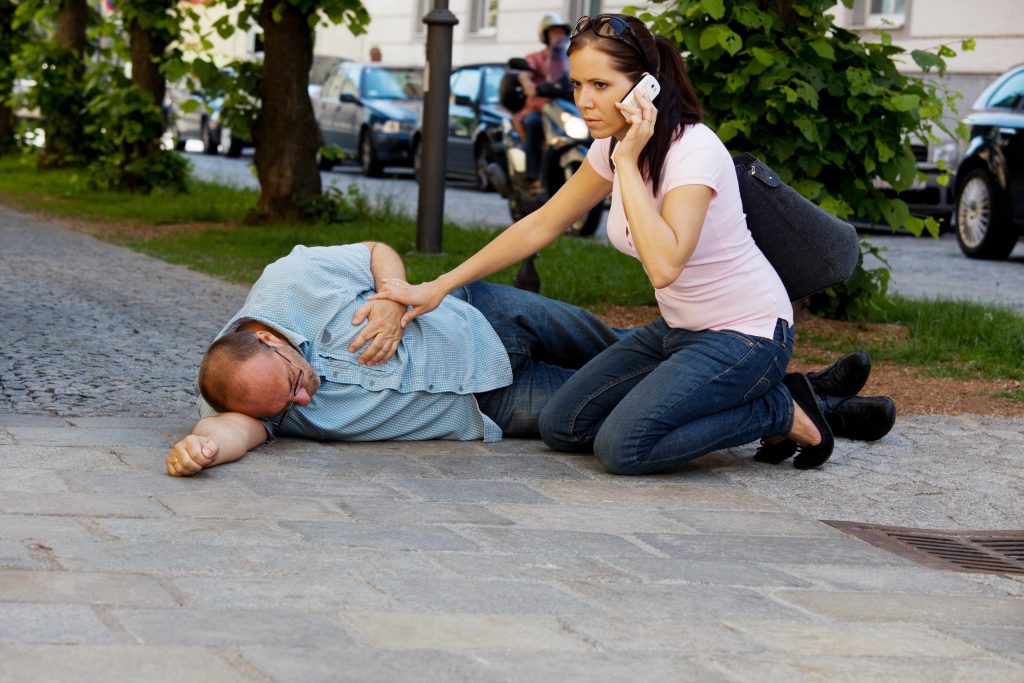-
Featured News
Stroke Happens Regardless of Age, Race or Gender
May is National Stroke Awareness Month, and according to the Centers for Disease Control and Prevention, every 40 seconds, someone in the U.S. has a stroke.
Often called a brain attack, a stroke occurs when a blockage stops the flow of blood to the brain or when a blood vessel in or around the brain bursts.
Although many people think of stroke as a condition that affects only older adults, strokes occur in people of all ages.
“Your stroke risk does increase as you age, but stroke can happen to anyone, regardless of age, gender or race,” says Dr. David Miller, medical director of the Comprehensive Stroke Center on Mayo Clinic’s Florida campus.
While death rates for stroke are falling, it remains the leading cause of disability in the U.S., according to the 2015 update from the American Heart Association, which estimates issues such as paralysis, speech difficulties, memory issues and emotional problems are significant in stroke patients.
“Recognizing the signs and symptoms of stroke, and getting emergent medical attention is critical, since some of the treatments are time sensitive,” Dr. Miller says.
“Thanks to advances in technology and medicine, we now have new treatments and therapies to treat stroke and reduce one’s risk of permanent damage – or death. But, the faster we can accurately diagnose a stroke and begin treatment, the better possible outcome.”
Know the signs and symptoms
Stroke symptoms typically occur suddenly and affect one side of the body. The most common signs of stroke include:
- Weakness or numbness in the arms or legs
- Difficulty speaking or understanding
- Facial drooping
- Loss of balance or coordination
- Double or blurry vision, or sudden blindness in one eye
- Severe or unusual headache
If you recognize one or any of these signs and symptoms, call 911. Stroke is a medical emergency.
Journalists: Sound bites with Dr. Miller are available in the downloads.








